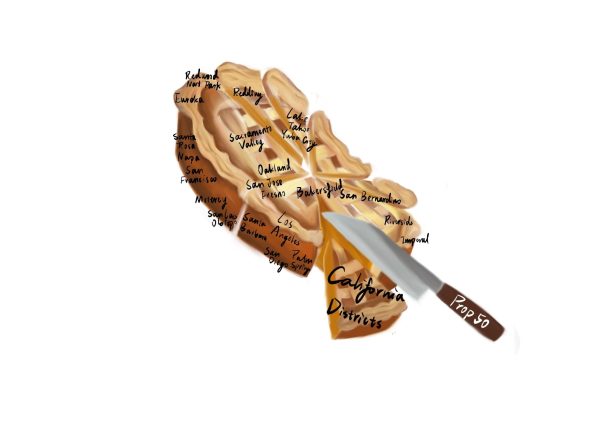Deceptive Headlines Undermine the News
The media has often manipulated news headlines in the past to intrigue their readers. However, recently many stories have emerged with extremely misleading titles that have led to real consequences. Although it may seem as no harm is being done, as they are just titles that have been fabricated to appeal to readers, headlines that actually contain occurrences of discrimination and sexism portray a media that discriminates against people of color, women, and homosexuals just to draw in readers. Headlines that discredit a person’s achievements and portray people in a negative light solely to catch the attention of the reader is a genuine offense to many. Because of this, it is sometimes hard for people to recognize the issue.
According to the Kaiser Family Foundation, 31% of black people and 24% of hispanics are likely to say that they are rarely or never portrayed in the news media accurately, compared to the 14% of white people who believe they are inaccurately portrayed. Although it may be hard to recognize discrimination in the news, people of color have more easily noticed they are inaccurately portrayed than white people. The media is aware of its useful strategies to attract readers, and there are reasons why they operate this way. If a person of color is portrayed as a criminal, but is actually not, it draws in readers, just as if a white person was portrayed as innocent but is actually a criminal it would intrigue readers as well. News headlines overall are not completely incorrect, but they often twist the words to tone done the seriousness of a crime if the crime is committed by a person not of color.
For example, an article about the Charleston Shooter, Dylann Roof, was posted by NBC News and the headline depicted Roof in a more positive way than negative. The headline read “Charleston Church Shooter Dylann Roof Was Loner Caught in ‘Internet Evil’, family says” accompanied by a photo from his early childhood. The headline attempts to justify Roof’s actions by presenting him as a person who was just misunderstood. There is a difference between this headline and the photos it used about a white murderer, compared to the article also from NBC about the murder of an innocent black man, Samuel DuBose, who was killed by a police officer. In the article, NBC provided photos of both the victim, DuBose, and the culprit, the police officer. The article provided a decent photo of the police officer in uniform with a big smile on his face, whereas for DuBose, NBC displayed his mugshot which can be misleading considering the article did not have anything to do with his past crimes. There is a difference between the two articles because the choice of the photos used and the way they portray victims in a negative way, and the criminals not so much. Many people have taken notice of this and are offended by the treatment toward people of color. Many have experienced or have witnessed this racism and sexism in the news.
“For many people, when they see a headline talking about a successful person of color, it might turn them off to reading about it,” junior Monique Harden said. “But when they read the headline of an article talking about a straight white student who suddenly went on a killing spree, accompanied by a yearbook picture with a dazzling smile, they are more interested in how the story played out. Whereas, if the same article were being written about a black student, it would most likely be accompanied with a mug shot.”
Misleading headlines may appear in magazines, newspapers, and even online. The process of summarizing an entire story into one headline is a difficult task, as there is not much space to thoroughly explain the information. Because of this and the goal of driving views, news outlets rather publish misleading and intriguing headlines, than publish a short, yet accurate, representation of what the article contains. An example of a short, misleading headline would be an article from Aljazeera, where the headline stated “Palestinian shot dead”, which allows people to automatically feel sympathetic towards the man, when in reality the Palestinian man was the attacker of two men and seriously injured them, in which he was shot by Israeli soldiers as an attempt to stop him.
Headlines do not necessarily need to be morally correct or straight to the point. Because of this, the media is allowed to plaster headlines filled with irrelevant aspects of the story itself. These are topics that people will not necessarily enjoy, but it will continue to draw in readers. Misleading headlines will continue to negatively affect others as they inaccurately showcase certain articles.
Hello there! Our goal is to provide relavent, engaging journalism for readers of all ages. Your donation will support the student journalists of the Wolfpacket at Claremont High School, and will allow us to purchase equipment, print our monthly issues, and enter in journalism competitions. We appreciate your consideration!

Ivana Estrada is a senior on the Wolfpacket staff as the assistant Sports editor. Estrada has been on staff since her freshman year and hopes to make her...




